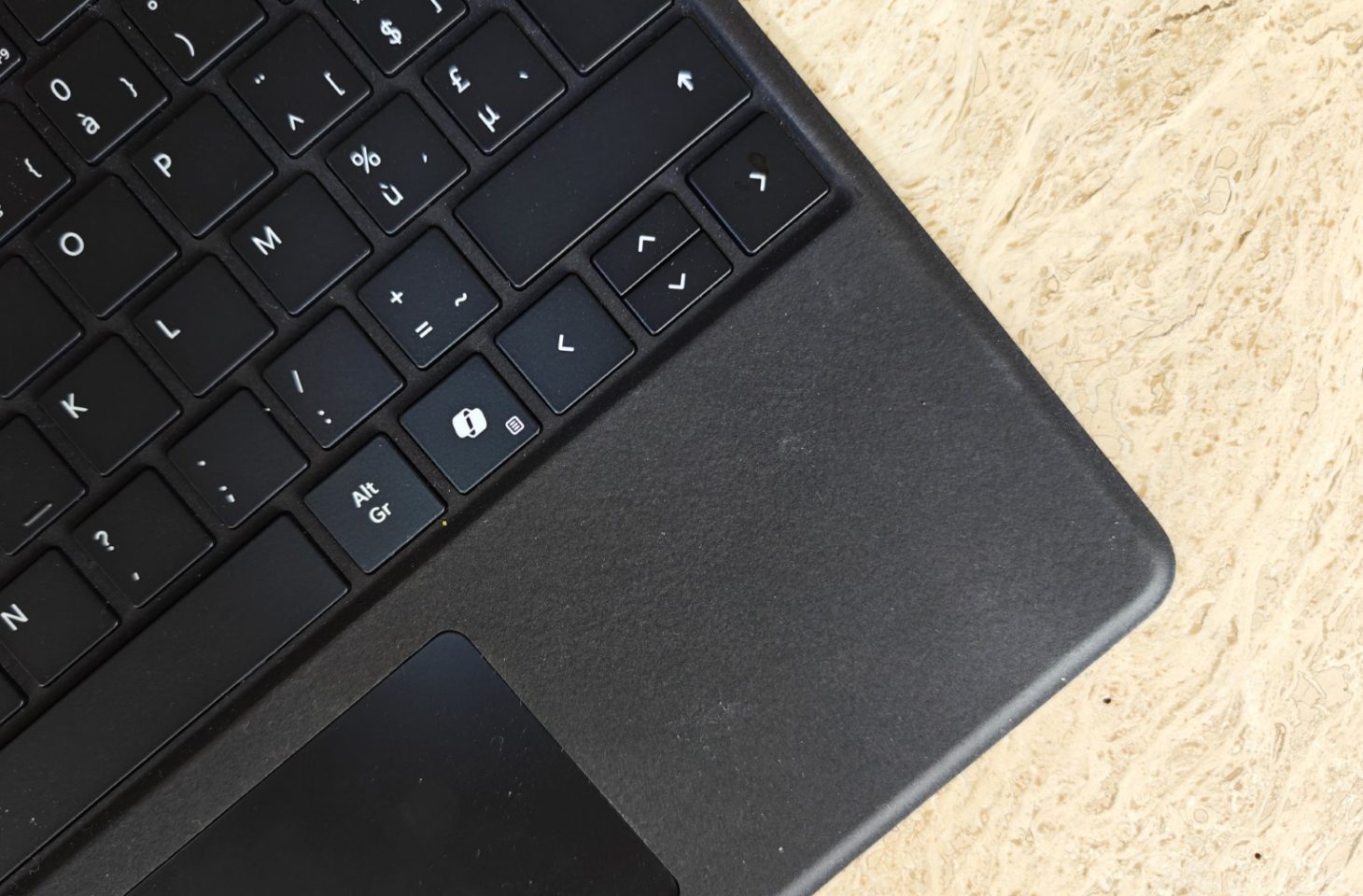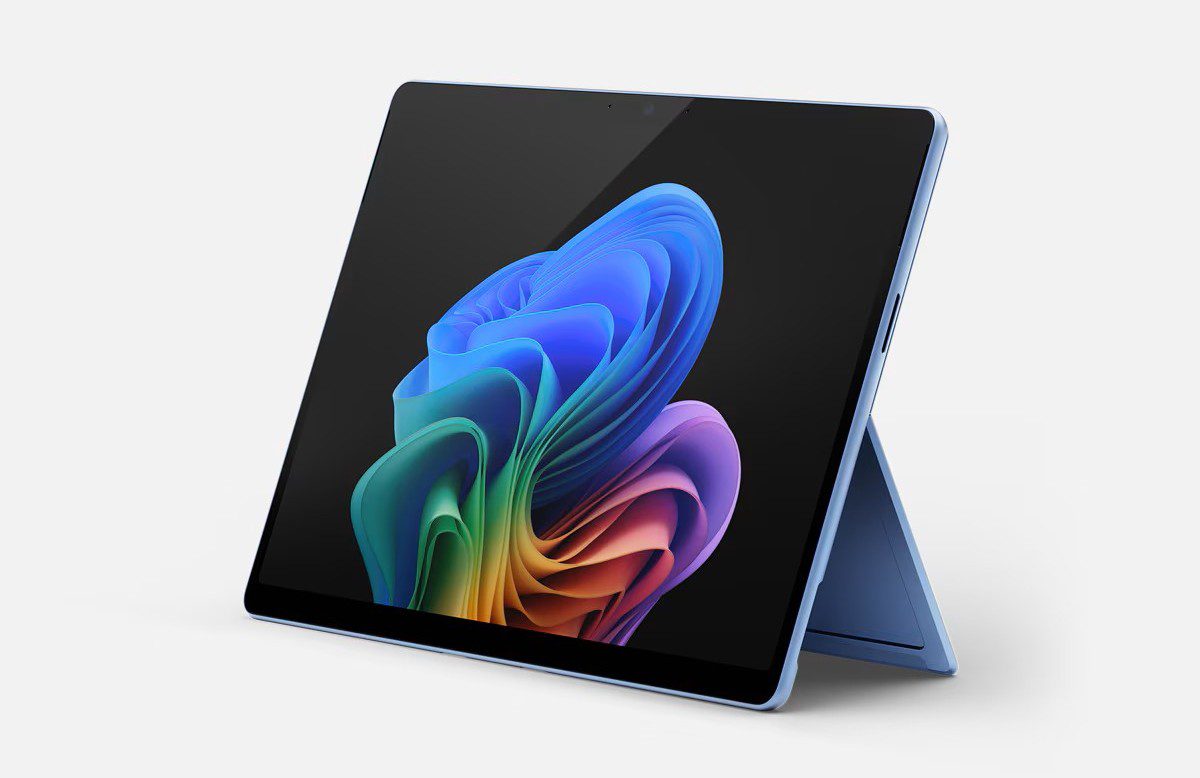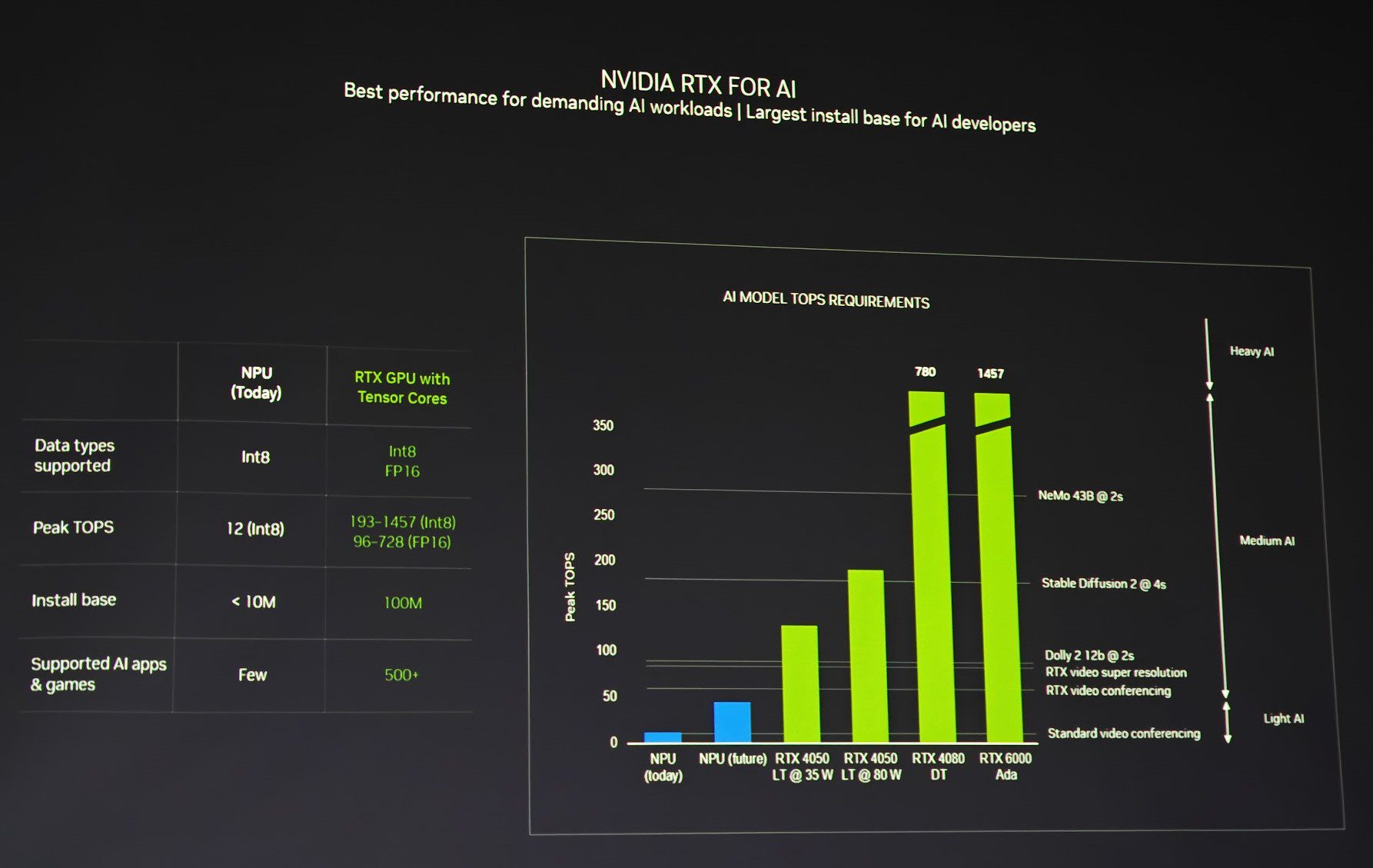What is a Copilot+ PC? A revolution (in marketing)
- July 10, 2024
- 0
Microsoft is launching its first Copilot+ computers, and other manufacturers are quickly following suit. The launch of the Copilot+ computer would usher in a new category of Windows
Microsoft is launching its first Copilot+ computers, and other manufacturers are quickly following suit. The launch of the Copilot+ computer would usher in a new category of Windows


Microsoft is launching its first Copilot+ computers, and other manufacturers are quickly following suit. The launch of the Copilot+ computer would usher in a new category of Windows PCs. That sounds like a milestone, but what exactly is a Copilot+ computer?
The Microsoft Surface Laptop 7 and Surface Pro 11 are the world’s first Copilot+ laptops. Microsoft says so, and Microsoft should know: it invented the term itself. The Copilot+ computer represents a new category of Windows PC and is meant to be revolutionary. That all sounds great, but what does it really mean?
Microsoft has clear requirements for Copilot+ computers. The devices must be able to deliver more than 40 TOPS of processing power so that they can support new experiences. Microsoft also wants every laptop with the label to be able to go a day without being plugged in. Finally, every laptop needs a Copilot button on the keyboard.

We distinguish between two things: the 40 TOPS and the great battery life. If you can equip a laptop with both, you have created a Copilot+ computer.
Let’s start with the 40 TOPS. TOPS stands for Tera operations per secondand is a measure of how many operations a chip can perform per second in the context of AI. TOPS measures computing power in a different way than, for example, GHz and is not such a good indicator of a processor’s performance in everyday office work. As a general rule, you can assume that more TOPS also means faster.
Microsoft is focusing on TOPS because 40 TOPS is the minimum to run certain generative AI applications on the laptop itself. To reach this value, a computer needs a processor with an integrated GPU and powerful NPU or simply a separate graphics card.
In addition, Microsoft wants Copilot+ computers to survive a day without AC power. This requires a very low-power chip, so a separate graphics card is no longer an option in practice. Microsoft wants its Windows computers to follow Apple’s MacBooks in terms of battery life.
To enable such a long battery life, the processor in the computer must be more efficient than is usual today. This also requires innovations in architecture.
To meet the requirements of the Copilot+ laptop, you cannot rely on a processor from Intel or AMD today. Neither currently offers an x86 CPU with sufficient TOPS and sufficient efficiency, although such chips are planned. We wrote earlier that the “AI PC” according to Intel is not an AI PC, and this is now clear from Microsoft’s specifications. Anyone who has bought an AI PC so far will now find that they are not holding a Copilot+ PC in their hands.
The first laptops to meet the guidelines are the new Surface computers from Microsoft itself. They debut with the Qualcomm Snapdragon X: a brand new processor based not on x86 but on ARM. The chip is powerful but consumes little energy, so the Surface laptops have unprecedented autonomy.
Qualcomm also installs a self-built Hexagon NPU in the chip. This NPU alone delivers 45 TOPS and significantly outperforms the NPU chiplets in the latest processors from AMD (Ryzen 8040) and Intel (Core Ultra / Meteor Lake).

Thanks to the ARM architecture, Windows laptops get a significant performance boost and a significant increase in battery life. The fact that the ARM architecture is finally making its way into Windows successfully after a decade of previous failed attempts is a triumph in itself.
However, Microsoft is not talking about ARM PCs, but rather about Copilot+. AMD and Intel are also expected to meet the minimum requirements with their next CPU generation. In addition, Microsoft wants to use the Copilot brand name to highlight the AI capabilities of the new laptops.
That’s where the shoe pinches. The performance and battery life of the Copilot+ PCs are, as already mentioned, spectacular, but the Copilot story is currently paper-thin.
First of all, the 40 TOPS and the NPU are hardly used for anything. They give you access to a few gimmicks with no lasting value and, in some cases, you are happy about lower energy consumption.
This allows you to apply filters through the webcam, regardless of your preferred video conferencing suite. Consider common applications like background blur. They are a little more accurate, but you won’t see a real difference right away. They also use less CPU as they run more efficiently on the NPU. Those who want to hold meetings for long periods of time without mains power will benefit somewhat.
Other filters, such as watercolor, do not seem to be as relevant. The functionality to maintain virtual eye contact during a phone call did not work in our test.
The Paint CoCreator is another benefit of Copilot+, but it doesn’t do much. You can doodle something in Paint, and generative AI algorithms will generate a prettier image based on your input and description. It’s a lot of fun to try, especially on a laptop with a stylus, but it’s not earth-shattering.

The most important new feature we find on a Copilot+ computer today is the option to provide live subtitles (in English) for videos. This allows you to watch a video in any language and Windows will provide subtitles. This works well on the NPU, but in our tests it barely uses seven percent of its capacity. In other words, you don’t even need 40 TOPS or even an NPU to enjoy this.
Then there’s the Copilot button. It’s located to the right of the space bar in a valuable spot. Click it and you’ll launch Copilot, which is essentially the second newest version of ChatGPT, in Bing guise. Chatting with it is fantastic and anyone who doesn’t have a ChatGPT subscription will find it very useful.

The tool has integrations with Dall-E for image generation and Suno for music generation. Other integrations are purely commercial and seem like advertisements. Think of Kajac and Instacart.
We’re the last people to underestimate the power of generative AI using a current GPT model, but this feature has nothing to do with the laptop. Copilot works like ChatGPT via the cloud. You can perfectly place a shortcut in your taskbar: there is no scenario where you need generative AI so badly that you always want to sacrifice the right CTRL key on the keyboard for it.
Additionally, because Copilot works via the cloud, functionality is not tied to hardware. Any laptop with a browser and internet connection has access to the same features. Plus, you’ll need a browser more often, even without a keyboard key.
Microsoft claims that the Copilot+ PC is a new category of Windows PCs, but there is no such thing. The ARM chip makes the current Copilot+ laptops unique in performance and autonomy, but Microsoft itself states that ARM is not a prerequisite for the award. The focus is on AI computing power.
So you get 40 TOPS, but you can’t do much useful with that at the moment. And 40 TOPS isn’t that much: a device with a light GPU like an Nvidia RTX 4050 LT at 35 watts already offers about 130 TOPS.

Microsoft will probably add features to Windows that can use the 40 TOPS and NPU. Other developers can also build on the NPU. Slowly but surely, capabilities will emerge that are more than just a gimmick.
At this point, however, the Copilot+ PC is a marketing term and not a completely new category of computing. Again, ARM on the Windows laptop is practically a small revolution, but that’s different from the Copilot and AI story. Microsoft is on par with Intel with its AI PC and is trying to sell a small advancement as a big revolution.
That’s a shame, because there will undoubtedly come a time when local AI and NPUs on laptops will have a major impact. That time is not now, and those laptops are not the current Copilot+ PCs.
Source: IT Daily
As an experienced journalist and author, Mary has been reporting on the latest news and trends for over 5 years. With a passion for uncovering the stories behind the headlines, Mary has earned a reputation as a trusted voice in the world of journalism. Her writing style is insightful, engaging and thought-provoking, as she takes a deep dive into the most pressing issues of our time.